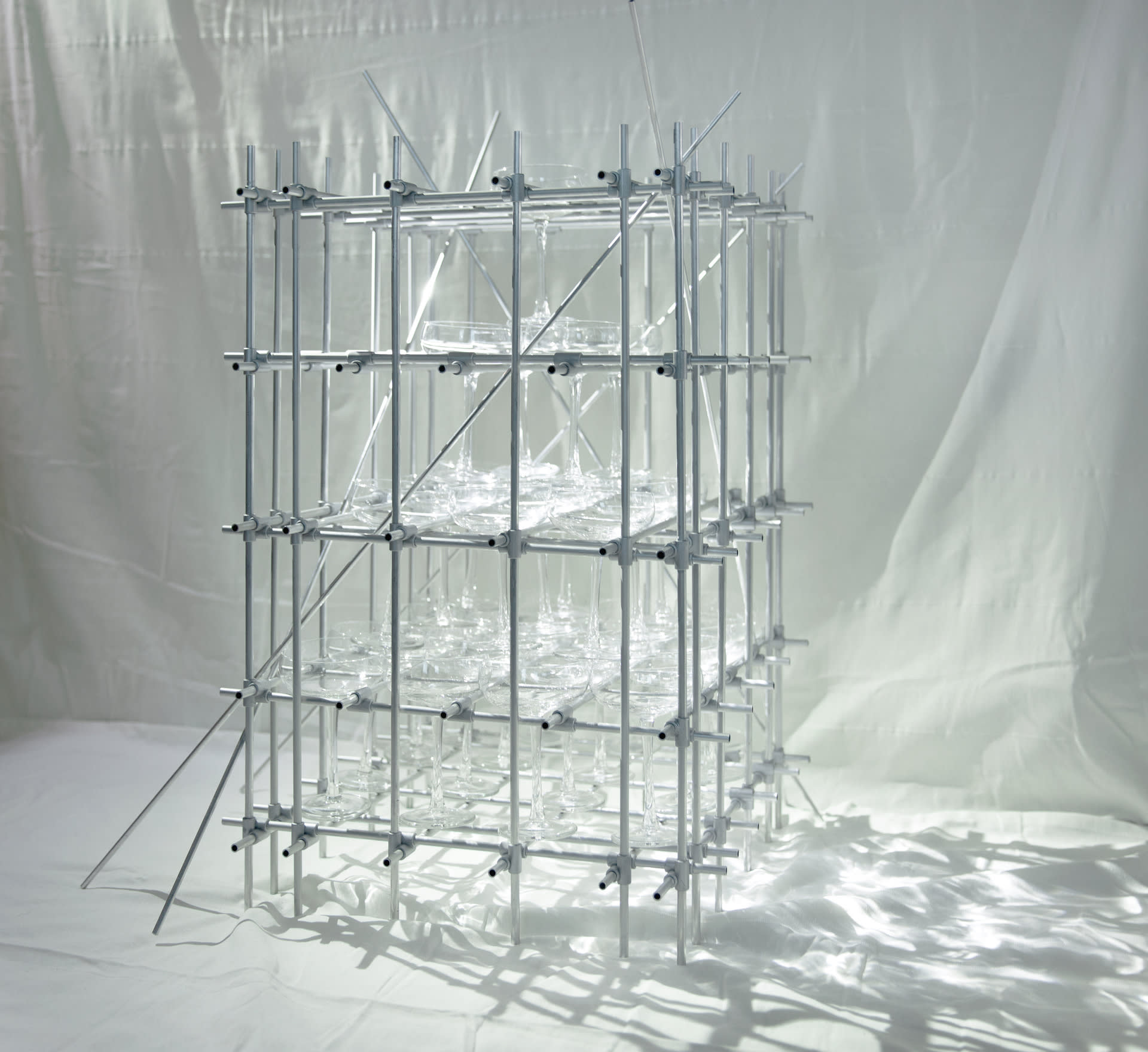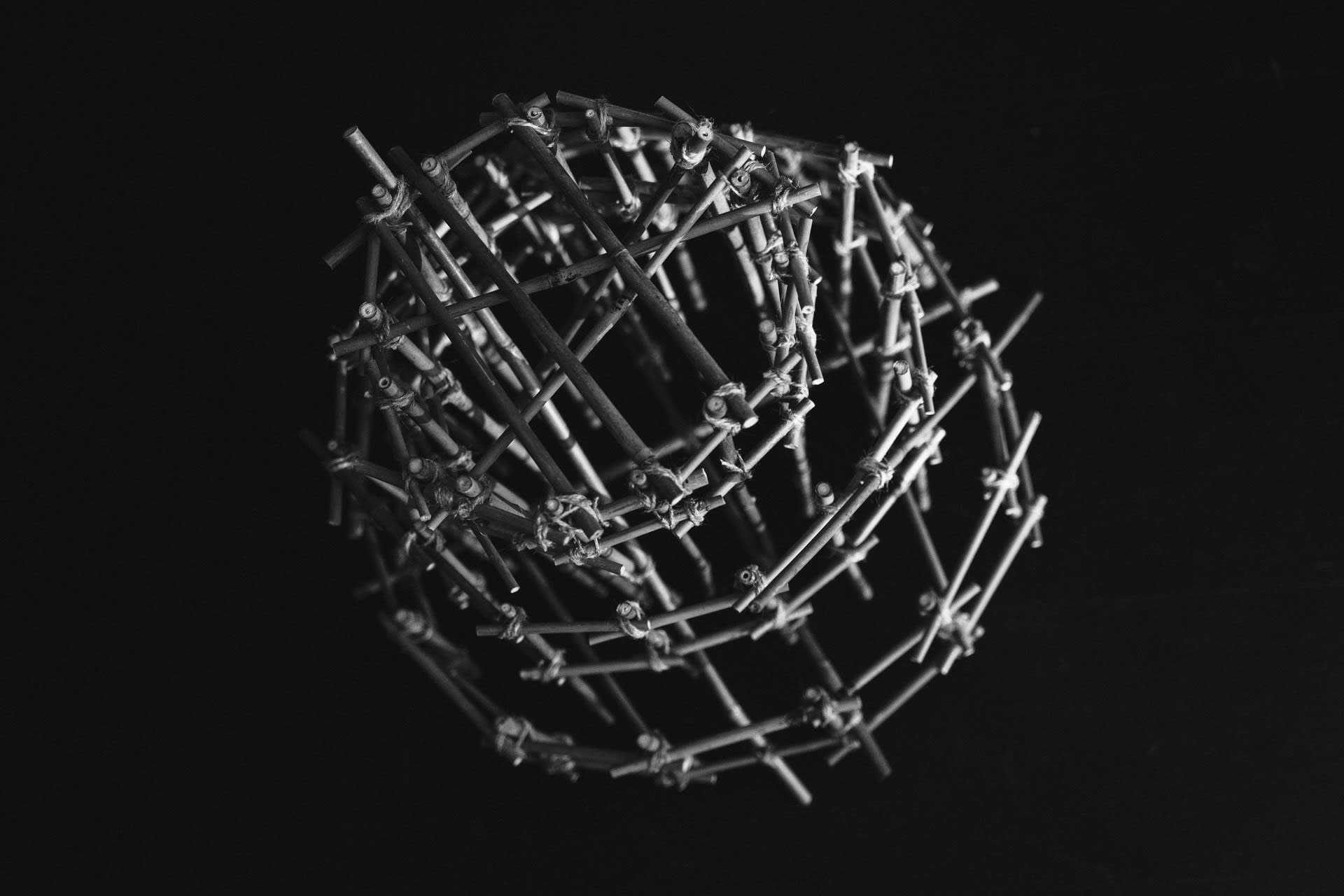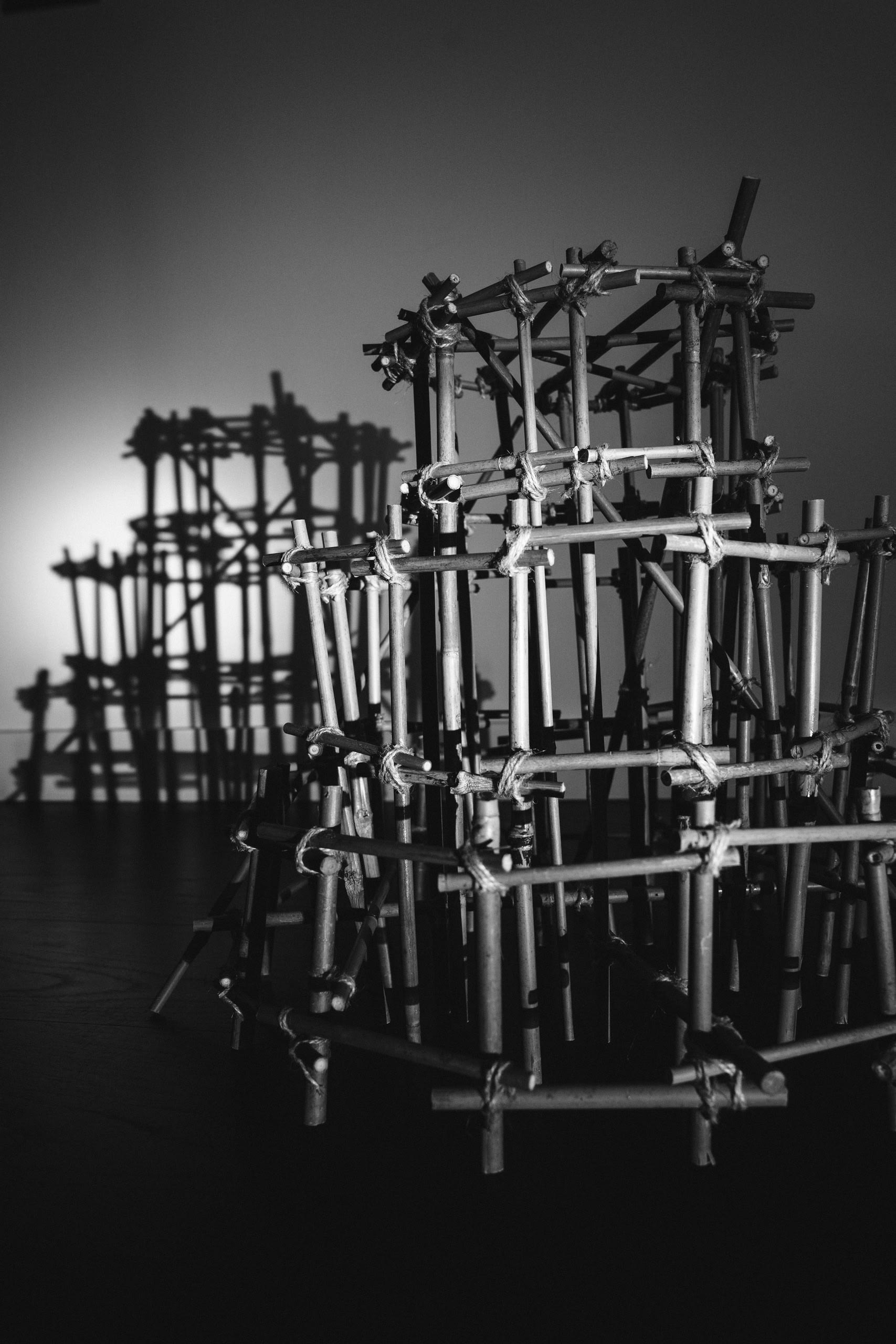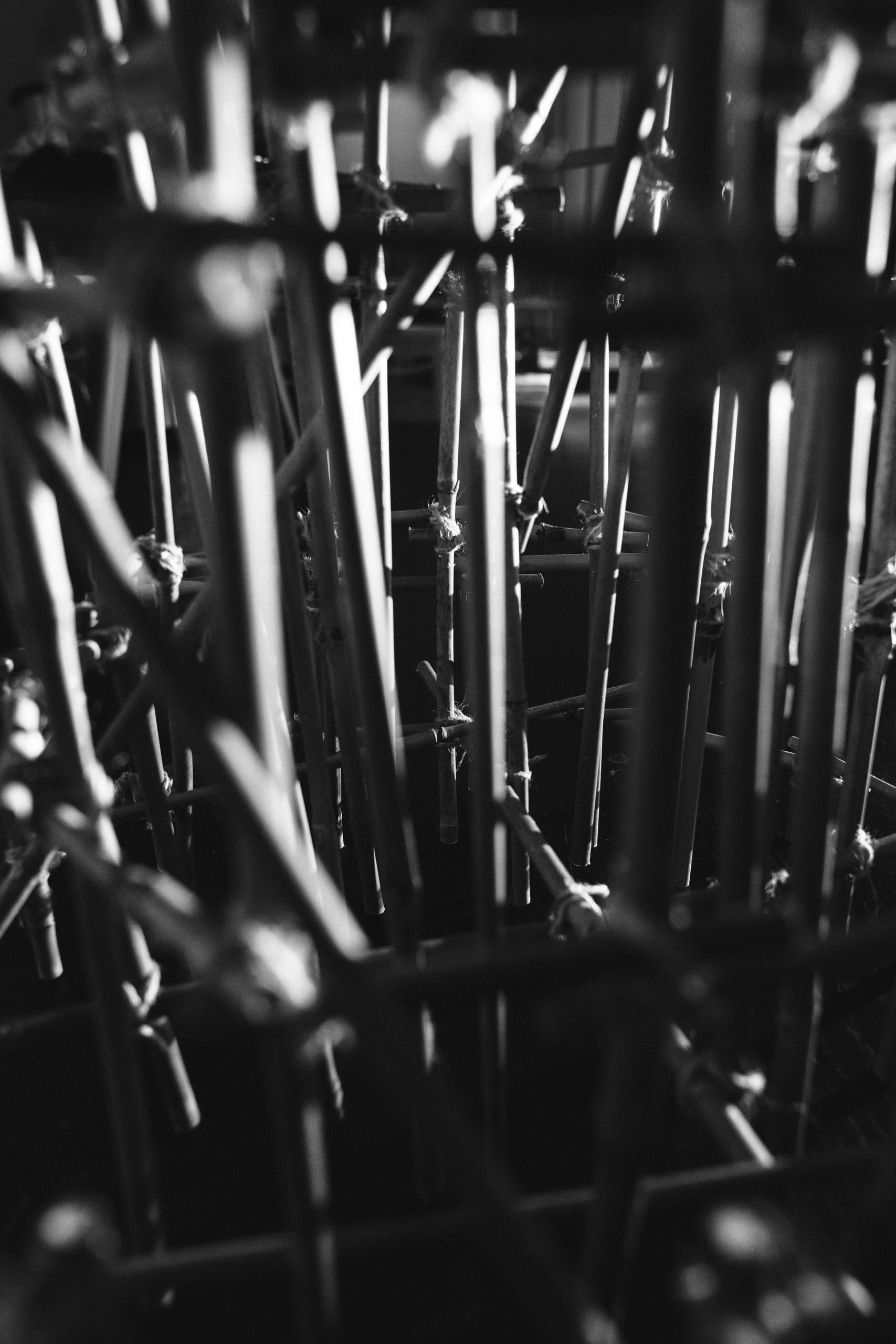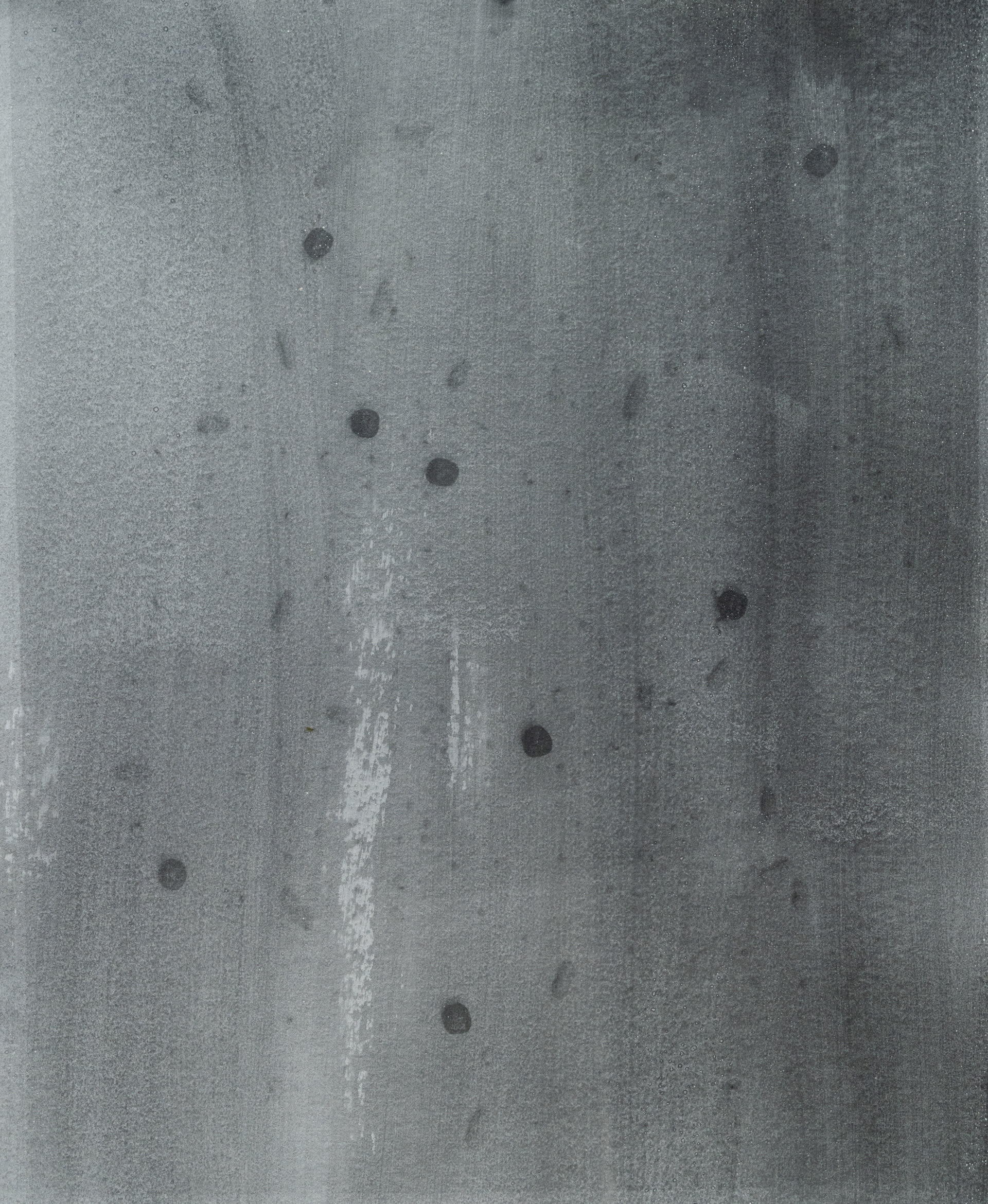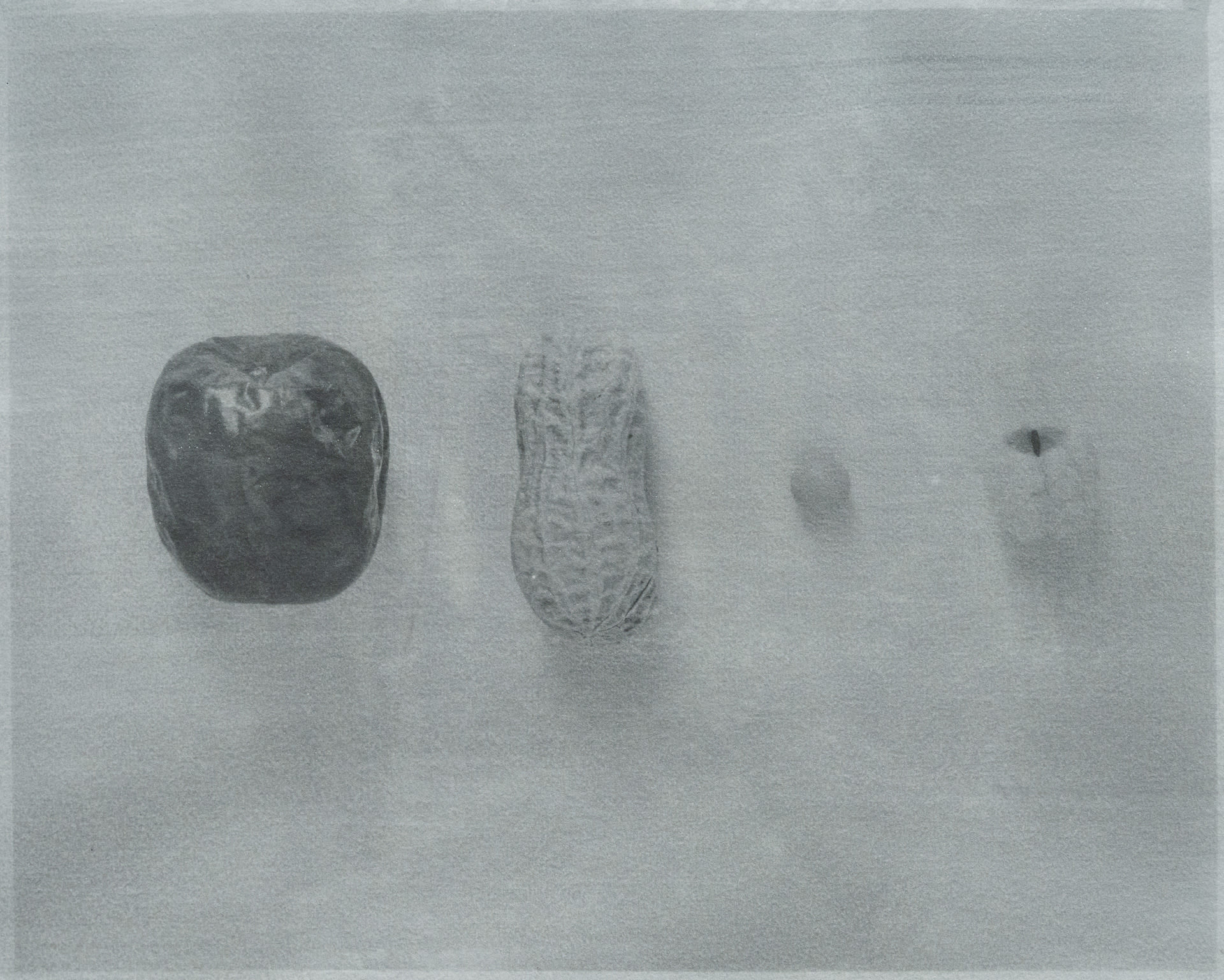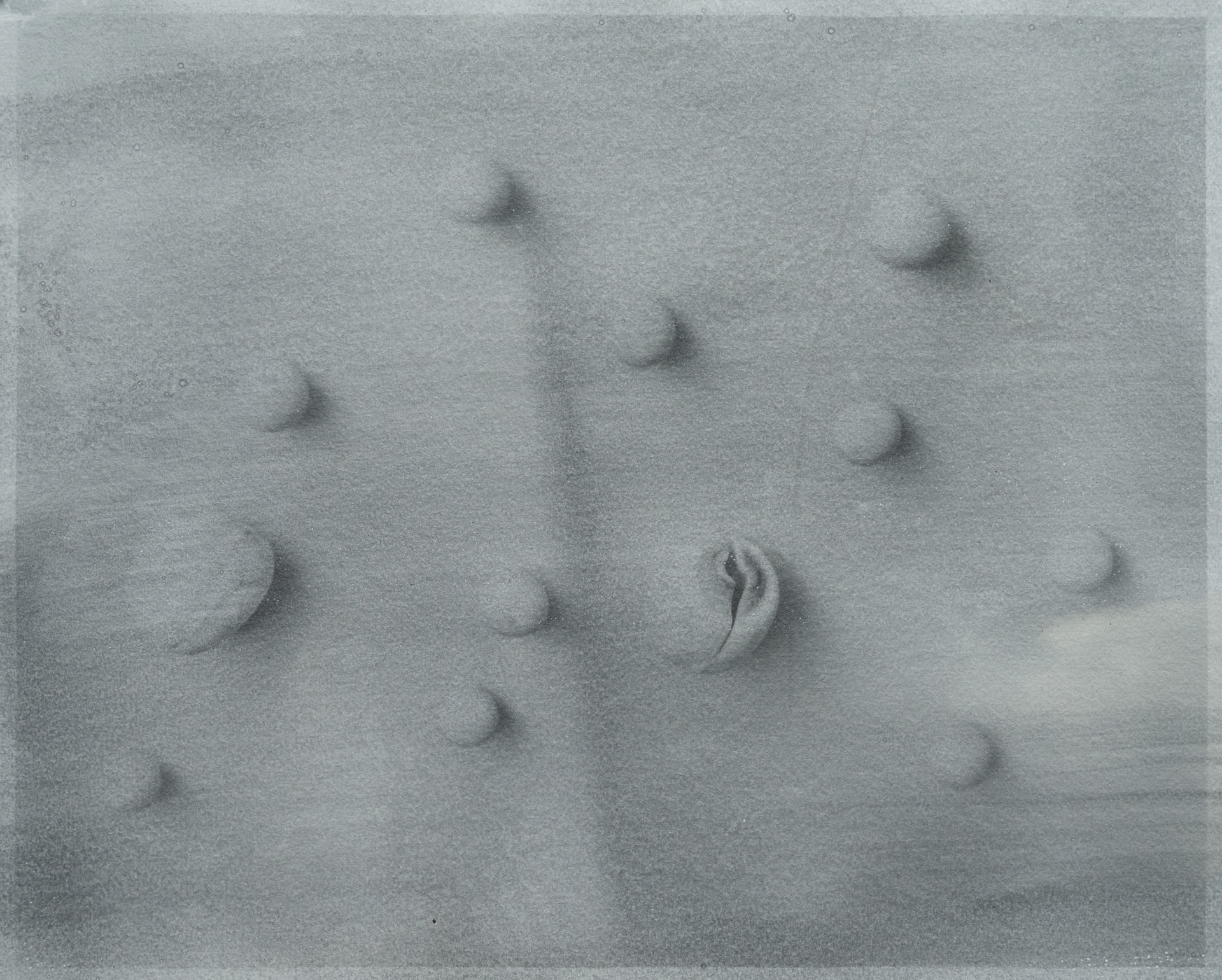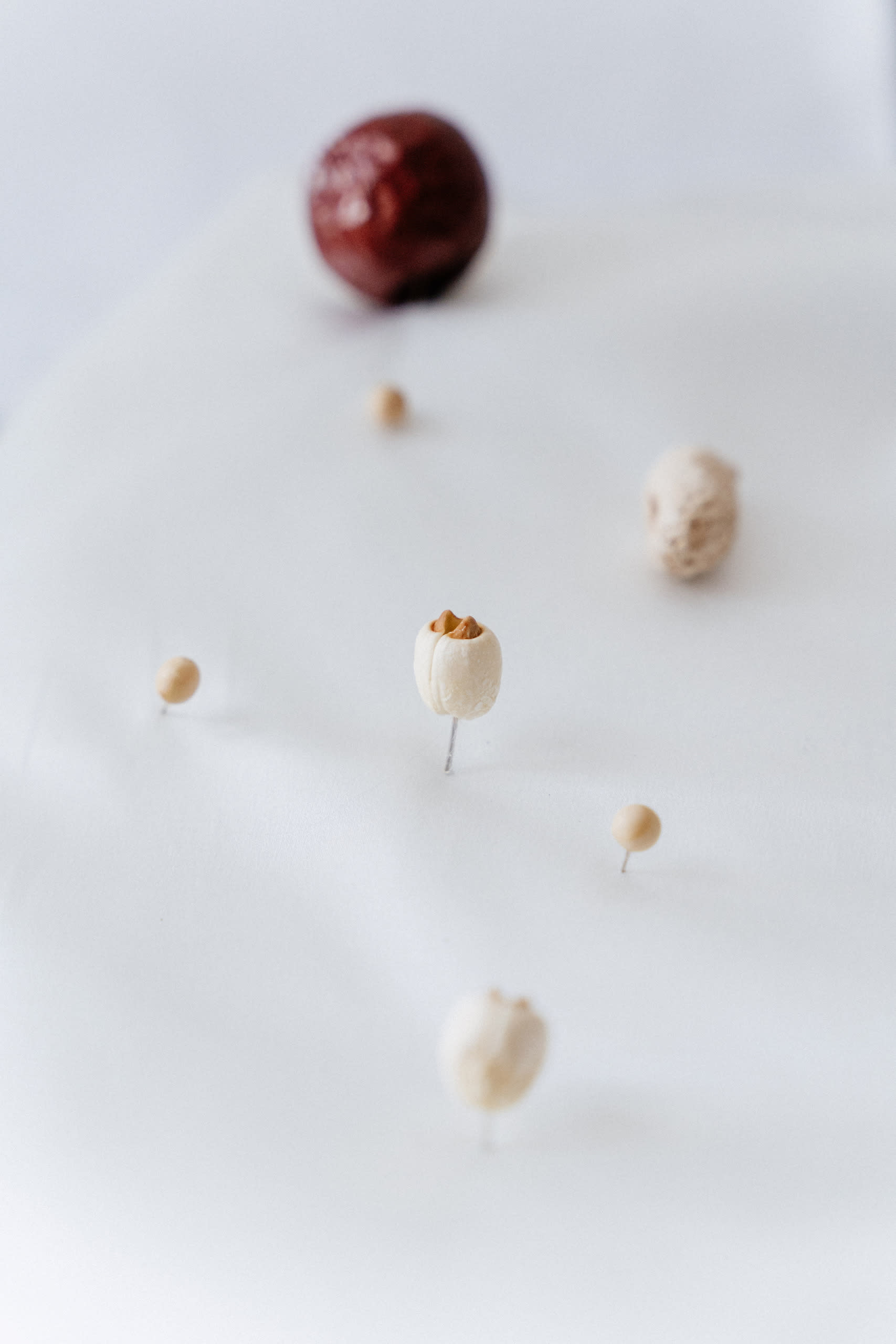- Xiangfei Yan (Fay) is an artist and jeweller from China. She is interested not only in the material and crafts of jewellery but also in the contemporary nature of jewellery. With a strong perception of society and history, her works often emerge from social and historical structural human oppression and show the continuance of banalisation and the normalisation of exploitation.
Xiangfei Yan(Fay)


So many people fantasise about their future wedding – me too.
‘What will your wedding be like? Will there be petals, bouquets, cakes and champagne towers?’ As a jewellery designer, I design and make a lot of wedding jewellery, what do these beautiful jewelry and ceremonies represent. Maybe we are immersed in the wonderful rain of petals and diamonds but never think about what a beautiful wedding ceremony brings.
Marriage is viewed as a human universal, and by the same token, the rituals and ceremonies marking a marriage are just as universal. In many cultures, the traditional heterosexual wedding ceremony contains not only rituals of reproduction and fertility that are important to both sexes but also displays of wealth and resources on the part of the groom, which is of particular evolutionary interest to women. There are also symbols of chastity on the part of the bride, which is of particular evolutionary interest to men. Essentially, the wedding is not only a pair-bonding codification but also a display of male and female reproductive goals and strategies. The purpose of modern marriage ceremonies has long gone beyond the simple reproductive goals of men and women.
Within the relations of contemporary capitalist production, it is a compulsory obligation to cooperate with heterosexual relations for fertility and to be able-bodied for production, and these rules operate in society. They interweave with and influence each other, and jointly build an ideal body that can meet the utilitarian needs of society and can not only give birth naturally but also engage in physical production: such a body has also become the basic attribute of ‘high-quality’ citizens – what a government desires. The children who own the future regard the female body as the ideological field of the state and the nation, which further materialises the female body and reproductive function. The wedding ceremony is the chain that links the reproductive requirements of women and the social requirement for families.
